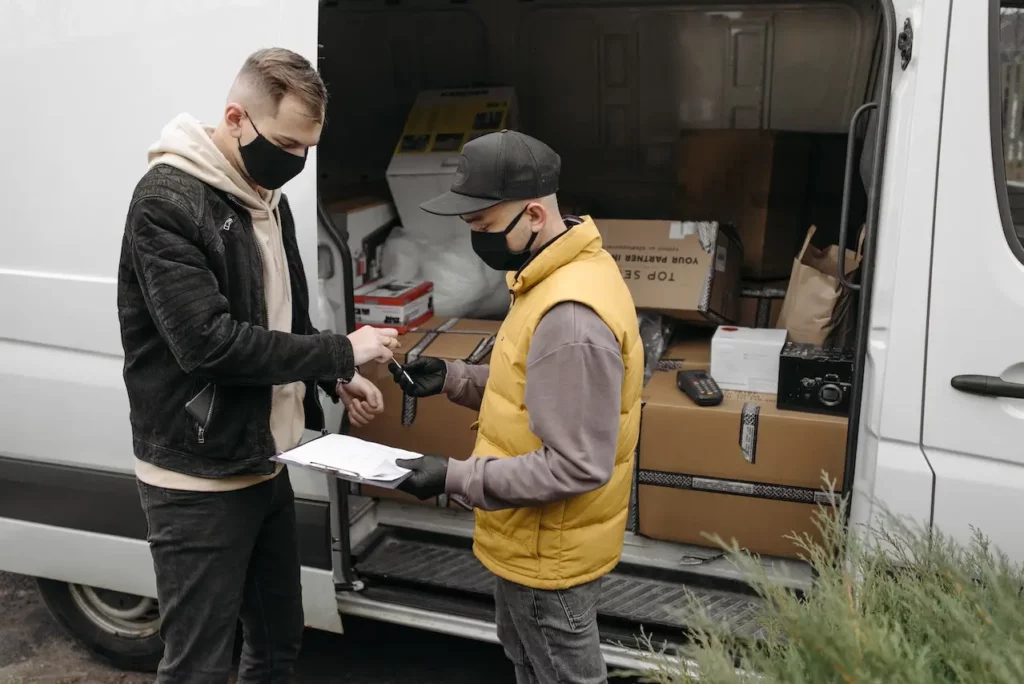In recent years, the emergence of same-day delivery super applications has helped to create a new consuming habit. Customers have grown accustomed to the ease of ordering food or doing their grocery shopping in just a few clicks as a result.
Additionally, the pandemic’s dramatic rise in online shopping forced businesses in a variety of industries to accept the challenge of delivering their goods at the same speed as food.
The truth is that shoppers are increasingly expressing a desire for agility. 73% of consumers now expect businesses to have same-day delivery choices. 56% of respondents to another Capterra survey said they would not purchase products from companies that offer high freight and prolonged delivery periods.
Many organizations are operating hastily and without ensuring the optimization of their resources in an effort to compete in this race for faster and less expensive delivery. Through this method, businesses are even able to speed up the time it takes for their items to reach customers, but at great financial risk.
This new approach offers opportunities and difficulties for logistics operations. There are many bottlenecks to clear, so leaders must be strategic in their use of technology to accomplish their objectives if they are to compete in the new environment.
The good news is that it is possible to innovate in same-day delivery operations while still ensuring that the customer is satisfied and that the processes are efficient. The challenges must first be analyzed for this in order to determine how to overcome them.
Read also: The Role of Robotic Process Automation (RPA) in Supply Chain Management
What Are the Main Challenges in Same-Day Delivery?
Bottlenecks in processes lead to ineffective operations, low productivity, and, ultimately, lower earnings. Losses might be much greater when it comes to same-day delivery because many operations wind up putting cost optimization aside on purpose in order to achieve the agility that customers need. Therefore, it is important to be aware of various challenges that could jeopardize operational outcomes and customer satisfaction:
Lack of scalability: In order to provide express deliveries, it is necessary to retain the product inventory relatively close to the region covered, or to develop scale power. This indicates that businesses typically need to invest in a number of distribution centers or dark stores. Since these operations must cooperate and ensure the uniformity of services, it is crucial to implement scalable processes and tools that can be duplicated in the numerous branches.
Inefficient routing and dispatch: Routing and dispatching for same-day delivery must be completed quickly, which is almost impossible with manual methods. This is due to the fact that the period of time between the creation of an order and its delivery is much shorter than in a normal logistics operation, which plans a route for the following day. Therefore, task automation investment is crucial for improving the agility and efficiency of logistics processes.
Lack of flexibility for route adjustments: In this operating model, a new service must be added to the route of the nearest courier whenever a new order is received. Without a tool that can alter already-started routes, this process is almost difficult to complete manually.
High operating costs: Routes that are not optimized, improper courier management, inefficient vehicle use, and mishaps that are not handled properly. All of this could increase operating costs and harm the business’s performance.
Why Invest in Technology for Same-Day Delivery?
In order to boost output, cut costs, and increase efficiency in logistics, manual procedures must be automated. Processes are carried out more swiftly and precisely using automation, and the likelihood of errors is decreased. As a result, organizations are able to complete more orders in less time, freeing up human labor for analytics and other, more crucial tasks.
Additionally, cloud storage is a key component of modern technologies, particularly SaaS (Software as a Service), which enables data access from any location at any time on any device. In a nutshell, the operation data is safer on the cloud.
Another benefit is that the majority of industry-standard tools support system integration, allowing information to be shared between several platforms. By doing so, redundant data may be removed, work processes can be made more effective, and expenses can be decreased. Because of this, technology can be a fantastic ally for businesses, streamlining procedures and freeing up labor for tasks that need manual labor.



